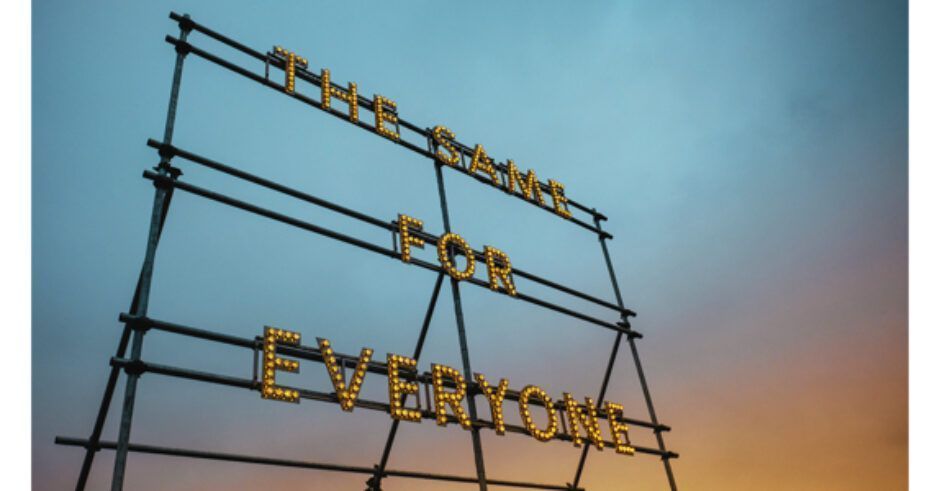When in October 2017 the #MeToo movement grabbed all major headlines, many wondered if 2018 was going to be the ‘Year of the Woman’. We heard this term repeatedly over the course of the year, especially in regards to the American elections. With 2018 now closed and behind us, it is finally time to answer the question. Was 2018 really the year of the woman? Will 2019 be a rollover from the last? Will for the first time ever, we have two consecutive ‘Year of the Woman’?
2018 in many ways was a remarkable year for women. Never before have there been more events around the world that focused on gender equality. When I sat down to recall some of the most significant moments of 2018, a striking majority either were led by women or were about women. The #MeToo conversation made its way into 2018 and continued to stay on top of everyone’s mind. The series of high-profile allegations and sexual misconduct cases across the world holds testimony to the fact that women were no longer willing to sweep these under the carpet. It was also the year of walkouts. The season of walkouts began with 5.3 million people walking out in Spain on Women’s Day demanding effective equality between men and women. This was followed by the McDonald’s walkout in September against rampant sexual harassment in the organization and ended with the biggest walkout of the year – that of Google in November. Many other incidents around the world demonstrated that the demands had moved from women being a part of the conversation to now wanting to drive the conversation.
Given this wave of change, organizations scrambled to keep up. Diversity shot to the top of the priority list with gender becoming a part of everyday conversation and institutions began re-examining workplace culture. Microsoft, Lyft, Uber and then Google ended forced arbitration in cases of harassment and assault so that employees do not have to choose between speaking freely about what happened and resolving them with the company. Training on harassment and unconscious bias continued to be a high priority and HR professionals tightened processes around dealing with harassment. More women joined the boards of organizations and many were appointed to CXO positions. Gender pay gaps reports were published and efforts were made to bridge this gap. Men joined the conversation on gender equality and became allies in the movement. Clearly, 2018 did not go in vain.
For decades, gender equality has been a formidable ocean to swim across. There have been multiple waves of movements in the past, but the wave we witnessed in 2018 was, without doubt, the biggest. It forced changes throughout the world – in organizations, elections, entertainment and everything in between. There remains much left to be done and a long way to go before we achieve true gender equality. Organizations play a key role in ushering this sea of change. In many parts of the world, experiments around inclusive recruitment, gender-neutral resumes and job descriptions have been successfully piloted. Many are undertaking the responsibility to work closely with educational institutes to address pipeline issues. Workplaces are changing – from simple changes like crèche’s at the workplace to high impact policies like maternity and paternity leave. Never has it been more important for organizations to take apart all prevalent practices, examine them closely and tweak to ensure that they encourage diversity.
No matter the effort, women will still be outnumbered in the government, software industry and innumerable other areas for many years to come. However, we covered great strides in 2018 and the momentum seems to have crossed over to 2019 too. Therefore, this might very well be yet another ‘Year of the Woman’.
Amidst all this noise, I wonder if things will get brighter this year. Will we dare to look beyond gender and ride the wave of equality for all marginalized sections of the society? Can we make this year a little more inclusive?
As Canadian Prime Minister Justin Trudeau said in 2017, “This isn’t just the right thing to do,” he said, “It’s also the smart thing to do for our economies.”
This article is exclusive to The Business Transformation Network




